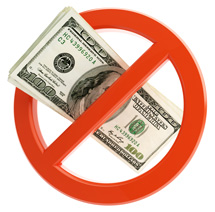Succession Planning
By Charles CohonThe time has come for me to take the succession planning advice I have often given to manufacturers’ reps.
It has been my honor to serve as MANA’s CEO since 2011 and to help celebrate MANA’s 65th, 70th, and 75th anniversaries. But MANA’s future anniversaries, and there will be many, will be celebrated with a new CEO at the helm.
My thanks to MANA’s Board of Directors and staff for making it possible for MANA to support our community of reps and manufacturers with activities like:
- Developing the industry-leading platform for connecting reps and manufacturers.
- Championing Market Development Fees to both manufacturers and reps.
- Challenging 30-day termination clauses as a standard way to work with reps.
It is a bittersweet reality that my goal as a retiring CEO is to leave the association in such good hands that I will be remembered fondly but not missed organizationally. Your new CEO will take MANA to the next level. No one will be cheering more loudly from the sidelines than me.
As a reminder that CEO succession is the nature of things, I close with this 1949 message from the first person to have my role at MANA, P. Edwin Thomas:
The members of this National Association extend to you a sincere invitation to help make this Agent and Representative magazine* the “Common Meeting Place,” in the interests of “Economical Distribution” of the products of those who specialize in production but who, by size of circumstance, are not equipped, or prefer not to equip, to handle the selling function in all of its many ramifications and extenuations.
Manufacturers’ Agents, as “independent contractors and free agents,” are free from many of the restrictions applicable to private salesmen, in interstate and intrastate commerce, and their employment as a satisfactory sales outlet is every day being recognized by more and more producers and suppliers in every part of the country and in every industry.
* Later renamed Agency Sales magazine.





























